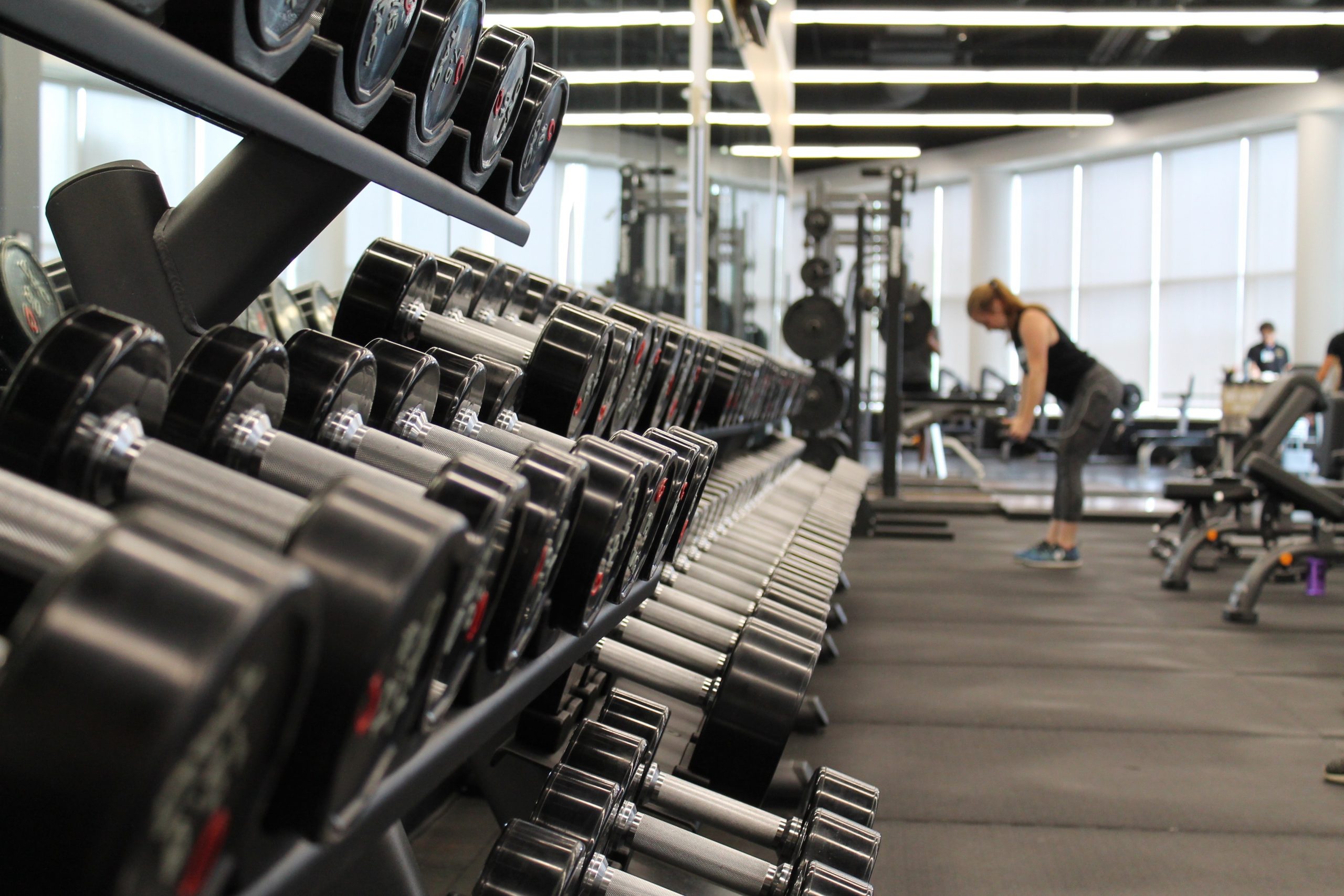Muscle building and maintenance are essential for all of us, especially as we age. And the sooner we begin, the better.
According to the American Council on Exercise, most adults lose nearly a half pound of muscle per year beginning around 30, primarily because they aren’t as active as they once were. Losing muscle while your metabolism slows is a recipe for weight gain and the health problems that can come with it.
Strengthening your muscles isn’t just for show. According to the Mayo Clinic, strength training helps with weight control, prevents bone loss, and can even help build new bone.
This can reduce the risk of osteoporosis-related fractures. It also helps with balance and energy levels.
There is substantial evidence to support the overall health benefits of strength training. And there has recently been some quite convincing research on the subject:
- According to a study published in Cancer Epidemiology Biomarkers and Prevention, the more muscle men have, the lower their risk of dying from cancer.
- Weight training, according to a study published in the BMJ, can improve long-term balance in older adults.
- According to a 2017 study published in the Journal of EndocrinologyTrusted Source, having muscle can improve insulin sensitivity and glucose tolerance.
What is the ideal amount of weight?
The weight you use is determined by the number of repetitions you want to achieve. You want to lift enough weight that the last repeat is complex, and you feel like you can’t do another. Even though you’re doing the same exercise, you’ll need to use a heavier dumbbell for six repetitions than you will for 12.
Never lift so much weight that you experience pain. Raising too little is preferable to lifting too much as your body adjusts to weight training. Use a safety stop machine to avoid injury unless you work out with a spotter.

Which exercises are the most effective?
Your goals and available time determine the best exercises. You can do one exercise for each body part or six. You can do exercises targeting a single muscle group or multiple muscle groups at once.
The key word here is balance. Having a large chest and a weak back does not look good and is also unhealthy. When you work on one muscle, also work on the opposing muscle.
All muscles are divided into pairs, each with an extensor and a flexor. These muscles work in tandem and oppose one another, flexing while the other extends and vice versa. The following muscle pairs are relevant to weight training:
Here’s a workout for beginners. It only takes at least two half-hour sessions per week.
For each of the exercises listed below:
- For the first four weeks, do one set of 8 to 12 repetitions (reps). When selecting a weight, remember that the last 2 or 3 agents should be harsh.
- For the next four weeks, increase to 12 to 15 reps.
- Add a second set of reps (doing the same number of reps per set) or use a heavier weight when performing 15 reps becomes easy.
While performing these exercises, remember to take deep breaths. Always exhale during the exertion phase of the move (the “lifting” phase).
Chest fly with dumbbells (targets chest)
- Lie on your back with your head, shoulders, and upper back support.
- In each hand, hold a dumbbell. (Begin with dumbbells weighing 2 to 5 pounds.)
- Straighten your arms until your elbows are fully extended, palms facing each other. Weights should be positioned directly above your shoulders.
- Slowly lower your arms out to the side, elbows slightly bent.
- Continue lowering your arms until your elbows are just above your shoulders.
- Pause, exhale, and gradually return your arms to the starting position.
Dumbbell triceps extension overhead (targets triceps)
- Place your feet shoulder-width apart.
- Hold a dumbbell in each hand and extend your arms overhead. (Begin with dumbbells weighing 2 to 5 pounds.)
- Slowly lower the right dumbbell behind your neck without moving your elbows, pause, and then return to the starting position.
- Rep with your left hand.
- Shoulder press with dumbbells (targets shoulders)
- Place your feet flat on the floor and sit in a chair with back support.
- In each hand, hold a dumbbell. (Begin with dumbbells weighing 2 to 5 pounds.)
- Bend your arms so that the weights rest lightly on your shoulders, palms forward.
- Push the weights up to straighten your arms, pause, and slowly return to the starting position.
- Squat on one leg (targets buttocks, quadriceps, and calves)
- Stand shoulder-width apart with your feet and your arms out to the side, shoulder height.
- Lift your right leg before you and squat down slowly, pausing when you feel yourself losing your balance. (If you need help balancing, brace yourself against a wall with one hand.)
- To return to the starting position, contract your leg and buttock muscles.
- Reps are completed by switching legs and repeating.
Strength training that is both safe and effective
For years, people have followed the same routine in the same order. Mastering your program and esteroides farmacia can be reassuring, but your muscles will adapt and become bored, as will you.
Adjust your workout every six to eight weeks. Modify the number of sets and reps, rest periods, angles, sequence, and equipment. Consider the following suggestions for a safer and more effective workout.
Never, ever skip a warm-up.
It’s tempting to skip the locker room and go straight to the bench press, but warming up your muscles with five minutes of aerobic exercise will allow you to lift more. In addition, take it easy on the first set of each strength-training exercise.
Don’t let momentum take over.
Lifting weights too quickly creates momentum, making the exercise too easy on your muscles. People are incredibly sloppy on the return phase of a lift, hoisting the dumbbells slowly and then letting them crash down.
To avoid this, lift for at least two seconds, pause for a second or two at the top of the movement, and return the weight to the starting position for at least two seconds.
Keep your mouth shut.
When lifting, many people forget to breathe. When lifting, you need as much oxygen as possible. Holding your breath or taking shallow breaths can raise your blood pressure and sap your energy. Breathe through your mouth instead of your nose.
When performing most exercises, exhale when lifting or pressing the weight and inhale when lowering it. It’s more natural to inhale as you lift and exhale as you release when performing exercises that expand your chest cavity (such as upright or seated rows).
Change it up
You must change your routine every six to eight weeks to maintain your gains. For example, increase the weight you lift (by no more than 10% at a time), the number of repetitions, and the rest time between sets.
How many repetitions are required? It would help if you were lifting enough weight to make the last two or three repetitions difficult. Most people weigh between 12 and 15 pounds.
You could see results in as little as a few with a beautiful strength-training routine week. Maintain your efforts, and you will notice more defined muscles, improved balance, and overall health.






